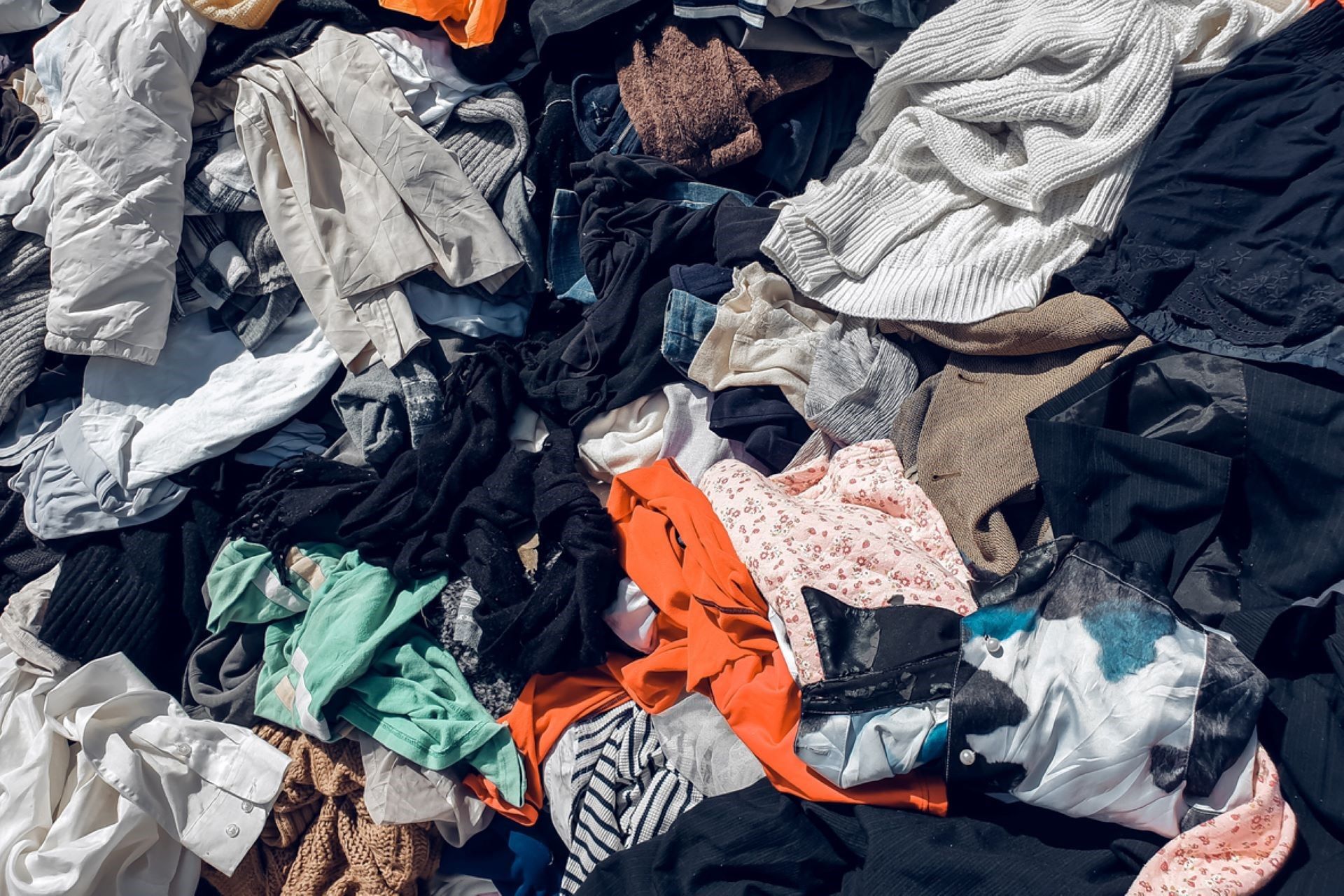Fashion
Scientists make breakthrough discovery that could revolutionize the future of fashion: ‘This would be the final stage’

Researchers from the University of Delaware have developed a groundbreaking method for recycling clothes that can break down fabrics in just 15 minutes, which could have huge implications for the fashion industry.
Textile waste has a devastating impact on the planet. Worldwide, it’s estimated that over 101 million tons of fashion waste end up in landfills each year, per Earth.org — that’s the equivalent of a garbage truck’s worth of clothing being dumped in trash heaps every second.
Aside from the massive environmental toll associated with fast fashion, communities close to illegal dumpsites also suffer. According to The Guardian, residents who live near the “global sacrifice zone” for used clothing in Chile’s Atacama Desert often breathe in toxic fumes from the discarded garments when they’re incinerated.
That’s why scientists and companies are scrambling for quick solutions to clean up the fashion industry’s waste. Luckily, the recycling technique suggested by the UD researchers could provide a viable option. It dissolves blended fabrics, such as cotton, polyester, nylon, and spandex, down into their basic molecular form using chemical solvents and microwaves, as The Washington Post reported.
Through this chemical process, the researchers said the molecules can then be used to produce new clothing or other products, such as dyes, electronics, and car parts.
This would form a truly circular system in which old clothing is repurposed to make new items rather than tossed at the end of its lifecycle.
Unfortunately, many clothing recycling companies aren’t able to separate blended fabrics, so it’s usually left to consumers and companies to figure out sustainable options, as the Post explained. On that note, thrift shopping is becoming more popular, and some companies are working on making more durable, high-quality clothing.
Still, chemical recycling could be helpful as a last resort.
“This would be the final stage for the leftovers that just have no other purpose,” Tasha Lewis, an associate professor in fashion studies at The Ohio State University, told the Post.
As the outlet detailed, the UD researchers’ recycling method is unique because they don’t need to know what materials were used to make the clothing for the process to work. However, it’s only been tested in a lab and may take 10 years before it’s ready for commercial use.
Thankfully, companies are stepping up to the plate to help consumers make more sustainable choices in the meantime. For instance, Balenciaga partnered with Swiss company Qwstion to create a biodegradable shoe out of bananas, and the nonprofit Cotton Incorporated launched a recycling program for jeans that has kept over four million denim items from landfills.
The fewer pieces of clothing in landfills, the less harmful methane gases are released into the air, which will help cool the planet and keep communities safe from extreme weather events driven by our warming world.
Recycling clothing certainly helps, but buying secondhand or shopping sustainably is even better — both for our wallets and Mother Earth.
Join our free newsletter for weekly updates on the coolest innovations improving our lives and saving our planet.










